Das Osnabrücker Rathaus
The Osnabrück town hall
© Rudolf Lichtenberg
DEU
near Osnabrück
Fetching images...
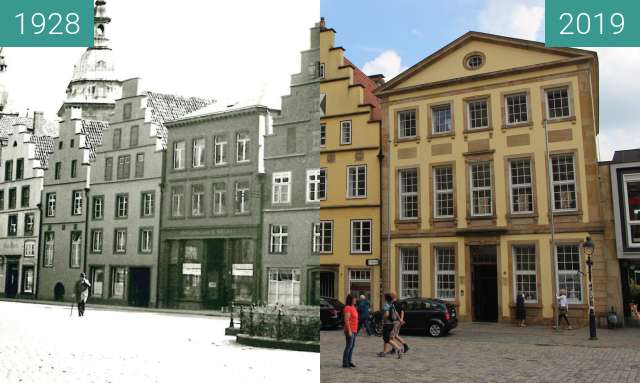


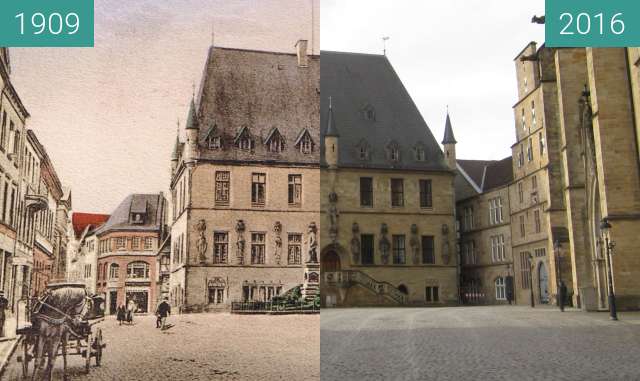
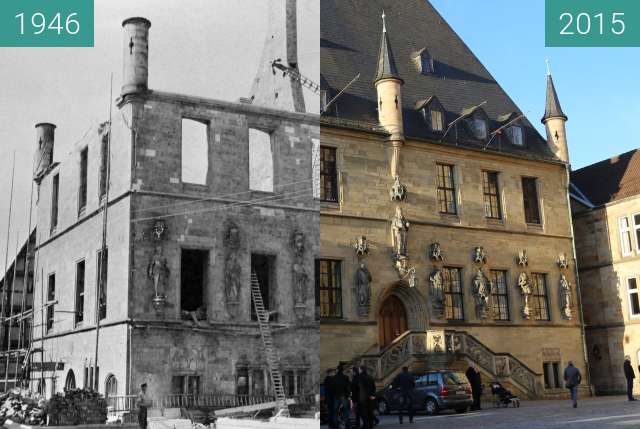

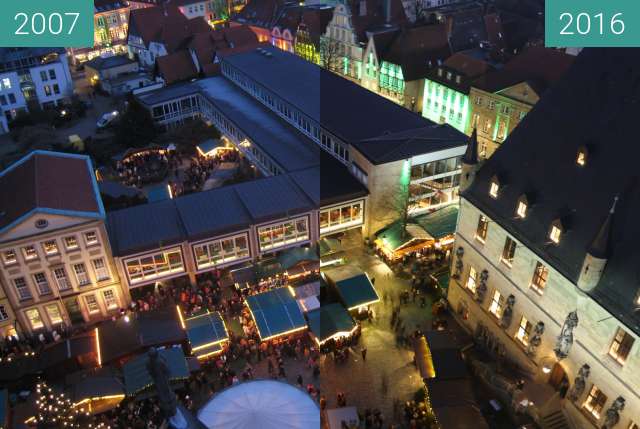
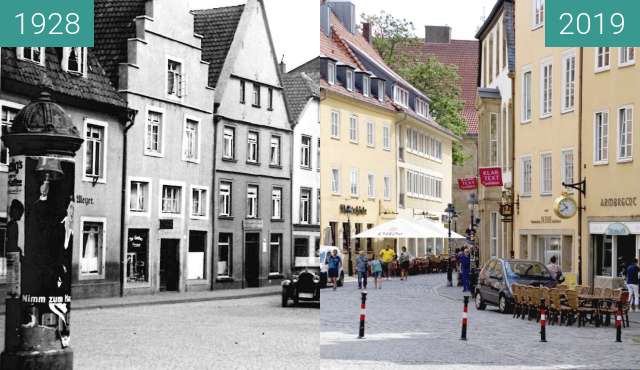
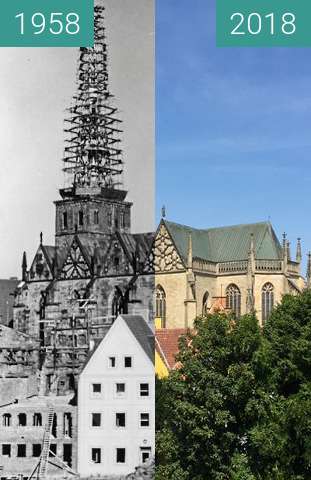
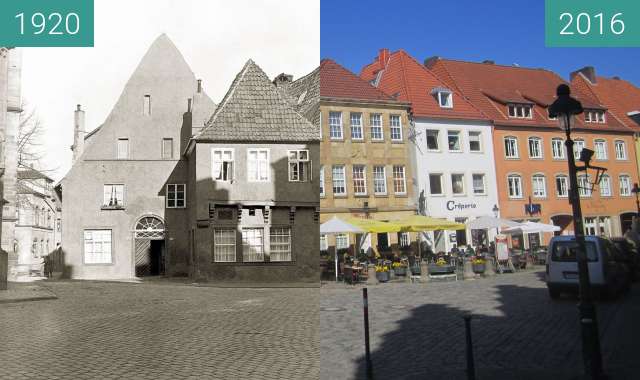
Das historische Rathaus der Stadt Osnabrück wurde zwischen 1487 und 1512 im spätgotischen Stil erbaut. Es ist eines der wesentlichen Wahrzeichen und prägenden Gebäude der Stadt Osnabrück und wird bis heute als Rathausgebäude genutzt. Im Jahre 1648 wurde im Rathaus der Stadt Osnabrück und im Rathaus in der Stadt Münster von den Kriegsparteien des Dreißigjährigen Krieges der Westfälische Friede ausgehandelt und unterzeichnet (zitiert aus https://de.wikipedia.org/wiki/Rathaus_Osnabr%C3%BCck).
The historic town hall of Osnabrück was built between 1487 and 1512 in late gothic style. It is one of the main landmarks and landmark buildings of the city of Osnabrück and is still used today as a city hall building. In 1648, the Westphalian Peace was negotiated and signed by the warring parties of the Thirty Years' War in the town hall of the city of Osnabrück and in the town hall in the city of Münster (cited from https://de.wikipedia.org/wiki/Rathaus_Osnabr%C3%BCck).